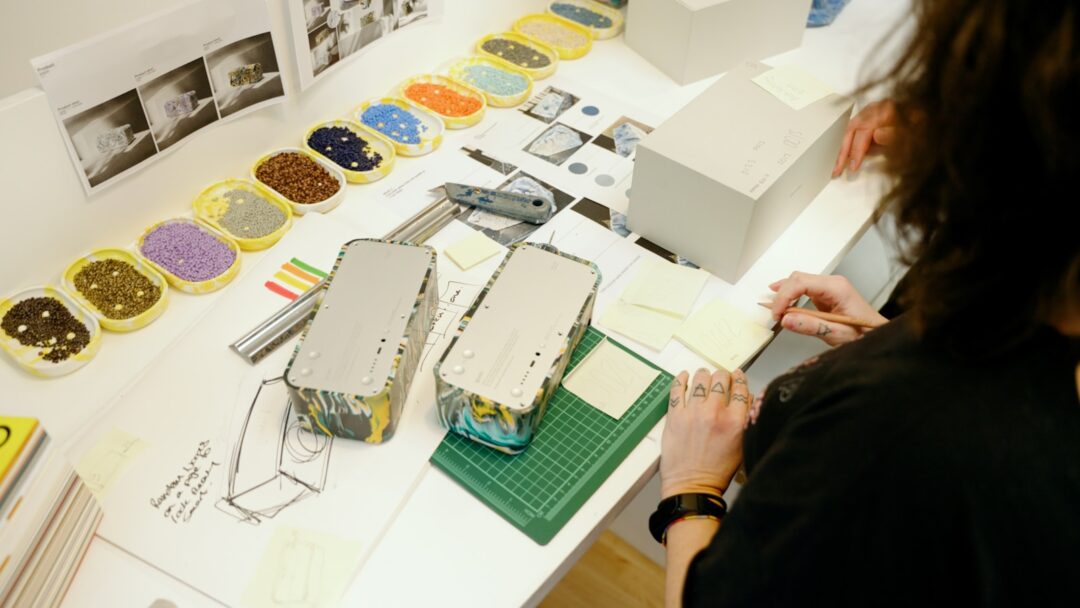Navigating Manufacturing Agility with Make-to-Order, Make-to-Stock, and Assemble-to-Order Strategies
Explore how diverse manufacturing methods like make-to-order, make-to-stock, and assemble-to-order are transforming the manufacturing landscape in Saudi Arabia and the UAE.
The manufacturing landscape in Saudi Arabia and the UAE is as diverse as the industries it serves. From customized products tailored to individual needs to mass-produced goods for the consumer market, businesses need to be agile in their production strategies. This is where understanding and implementing diverse manufacturing methods like make-to-order (MTO), make-to-stock (MTS), and assemble-to-order (ATO) become crucial for success.
1. Make-to-Order (MTO): Meeting Unique Customer Demands
In industries where personalization and customization are paramount, such as luxury goods, specialized equipment, or bespoke furniture, MTO is the preferred approach. This method involves producing goods only after receiving a confirmed customer order. MTO allows businesses to cater to specific requirements, offering a high degree of flexibility and ensuring customer satisfaction. However, it requires meticulous planning and efficient resource allocation to meet delivery deadlines without compromising quality.
2. Make-to-Stock (MTS): Catering to Mass Markets
MTS is a production strategy where goods are manufactured based on anticipated demand and stored in inventory until customer orders are received. This approach is ideal for products with predictable demand patterns, such as consumer electronics, fast-moving consumer goods, or standardized components. MTS allows for economies of scale, as production can be optimized for large volumes, reducing manufacturing costs. However, it carries the risk of overstocking or obsolescence if demand forecasts are inaccurate.
3. Assemble-to-Order (ATO): Balancing Customization and Efficiency
ATO combines elements of both MTO and MTS. It involves producing standardized components or subassemblies in advance, which are then assembled into finished products based on customer orders. This approach offers a balance between customization and efficiency. Businesses can leverage the benefits of mass production for components while still providing customers with some degree of personalization. ATO is commonly used in industries like automotive manufacturing, where customers can choose from various options and configurations.
4. Choosing the Right Manufacturing Method
The choice of manufacturing method depends on several factors, including the nature of the product, demand patterns, customer preferences, and production capabilities. In some cases, businesses may even adopt a hybrid approach, utilizing different methods for different product lines or market segments. The key is to have a deep understanding of the target market, the product’s value proposition, and the operational constraints to make informed decisions.
5. Leveraging Technology for Manufacturing Agility
In today’s digital age, technology plays a pivotal role in enabling manufacturing agility. Advanced planning and scheduling systems, enterprise resource planning (ERP) software, and supply chain management platforms can streamline operations, optimize inventory levels, and enhance visibility across the production process. These tools empower businesses to respond quickly to changes in demand, adjust production schedules, and ensure timely delivery of products.
6. Building a Resilient Supply Chain
A robust and resilient supply chain is essential for adapting to diverse manufacturing methods. Businesses need to establish strong relationships with suppliers, ensure reliable access to raw materials, and implement effective risk mitigation strategies. By building a flexible and adaptable supply chain, organizations can navigate disruptions, optimize costs, and deliver products on time, regardless of the chosen manufacturing method.
7. Embracing Industry 4.0 Technologies
The advent of Industry 4.0 technologies, such as artificial intelligence (AI), machine learning (ML), and the Internet of Things (IoT), is revolutionizing the manufacturing landscape. These technologies offer new opportunities to optimize production processes, improve quality control, and enhance decision-making. By embracing these technologies, businesses in Saudi Arabia and the UAE can gain a competitive edge, reduce costs, and drive innovation.
8. Continuous Improvement and Adaptability
The manufacturing industry is constantly evolving, with new technologies, market trends, and customer preferences emerging regularly. Therefore, businesses must prioritize continuous improvement and adaptability. This involves regularly reviewing and optimizing manufacturing processes, investing in employee training and development, and staying abreast of industry developments. By fostering a culture of innovation and continuous learning, organizations can ensure their manufacturing operations remain agile and responsive to change.
In conclusion, the ability to adapt to diverse manufacturing methods is essential for success in the dynamic manufacturing landscape of Saudi Arabia and the UAE. By understanding the nuances of MTO, MTS, and ATO, leveraging technology, and building a resilient supply chain, businesses can optimize their operations, meet customer demands, and thrive in a competitive market.
#Manufacturing #MakeToOrder #MakeToStock #AssembleToOrder #SaudiArabia #UAE









